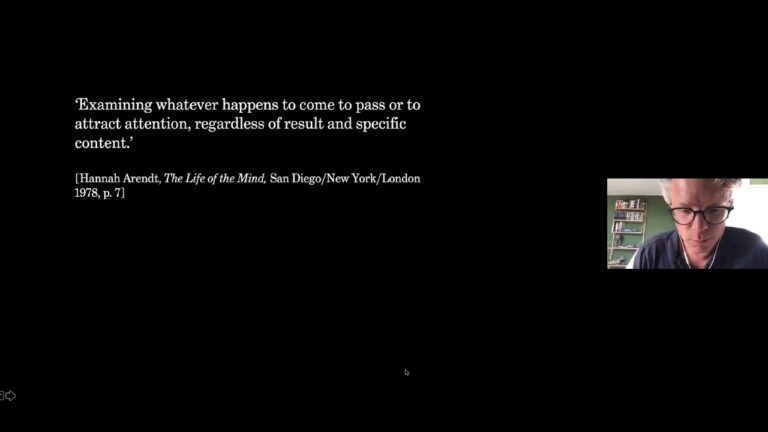
Spatial thinking is political thinking, the German-American philosopher Hannah Arendt (1906-1975) once wrote. It is political, not because it is concerned about a specific space nor place, but since it is concerned about the world and its inhabitants. Architecture, we might state, is a specific form of spatial thinking: at once concerned about specific spaces and places, but within the framework of ‘the world and its inhabitants.’ For Arendt, the term ‘world’ has a very specific meaning: it encompasses the interventions in the earth, the globe, to make it habitable. Arendt’s term thus stresses the way we build houses and cities, infrastructures, institutions, as well as how we furnish spaces with tables, chairs, paintings and photographs. In her 1958 book The Human Condition Arendt sets out a relationship between the world-of-things, and the realm of politics, which Teerds will investigate this relationship between world and politics, which offers a perspective upon architectural design as a form of political thinking.
Hans Teerds (b.1976, Zwijndrecht, The Netherlands) studied architecture and urban design at the Faculty of Architecture of the Delft University of Technology. After his studies, in 2003 he was invited to join the “Meesterproef,” a young-talent program of the Dutch and Flemish state architects. He established his design practice in Amsterdam (2004–2014), working on a range of urban and architectural projects, including for the entry pavilion of the cemetery of Blankenberge (B). Simultaneously he started to develop a research project at the Delft University of Technology, exploring the issue of public space and the political context of architecture and cities as approached through the writings of the philosopher Hannah Arendt. In the Fall of 2009, he was made a research fellow at the Hannah Arendt Center for Politics and Humanities at Bard College in Annandale-on-Hudson (NY) in order to prepare a dissertation on this topic. He defended his dissertation “At Home in the World: Architecture, the Public, and the Writings of Hannah Arendt,” in 2017 at the Delft University of Technology.
Besides his research, he has taught theory and design courses at the Delft University of Technology, mainly focusing on issues regarding architecture, cities, and public spaces. He also lectured on these issues and has been a visiting critic at several schools in Europe and North America, including the Berlage Institute, Ghent University, KU Leuven, the University of Toronto, Bard College, and Pratt Institute. Teerds publishes frequently on architecture, urbanism, and landscape in a range of different media. He is member of the editorial boards of the architectural magazine “OASE Journal for Architecture.” He co-edited the anthology “Architectural Positions: Architecture, Modernity and the Public Sphere” (2009, together with Tom Avermaete and Klaske Havik), and is author of “Levend Landschap: Manifest voor stad en land” (2012, together with Johan van der Zwart).
source